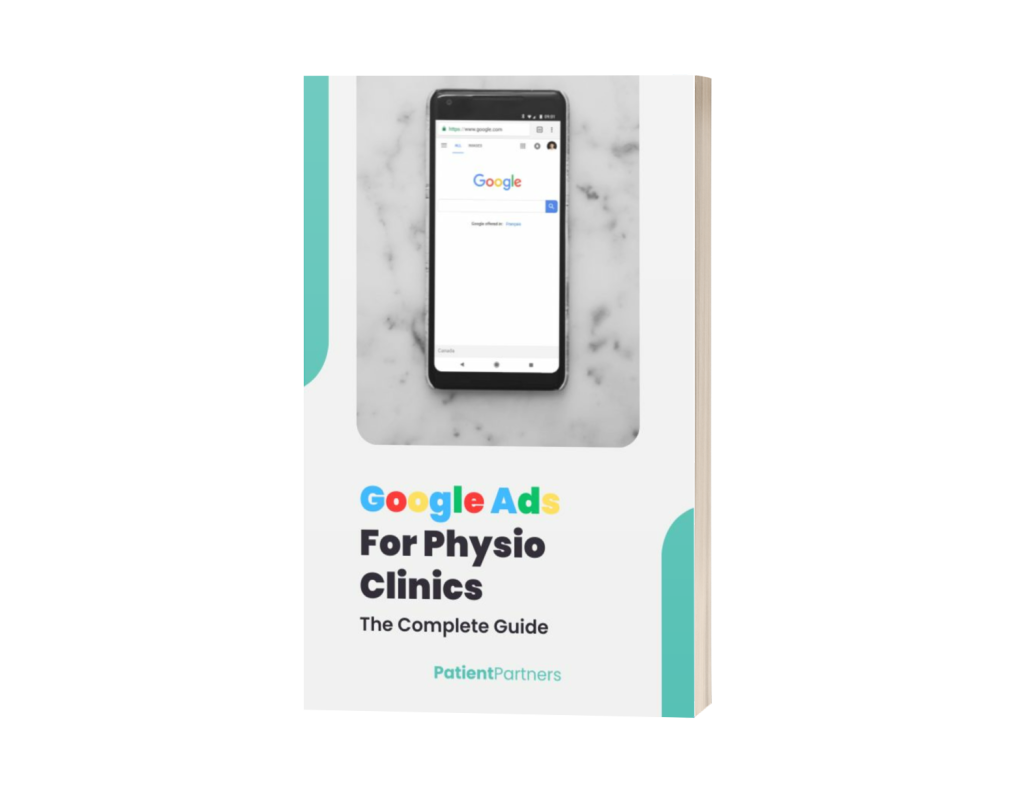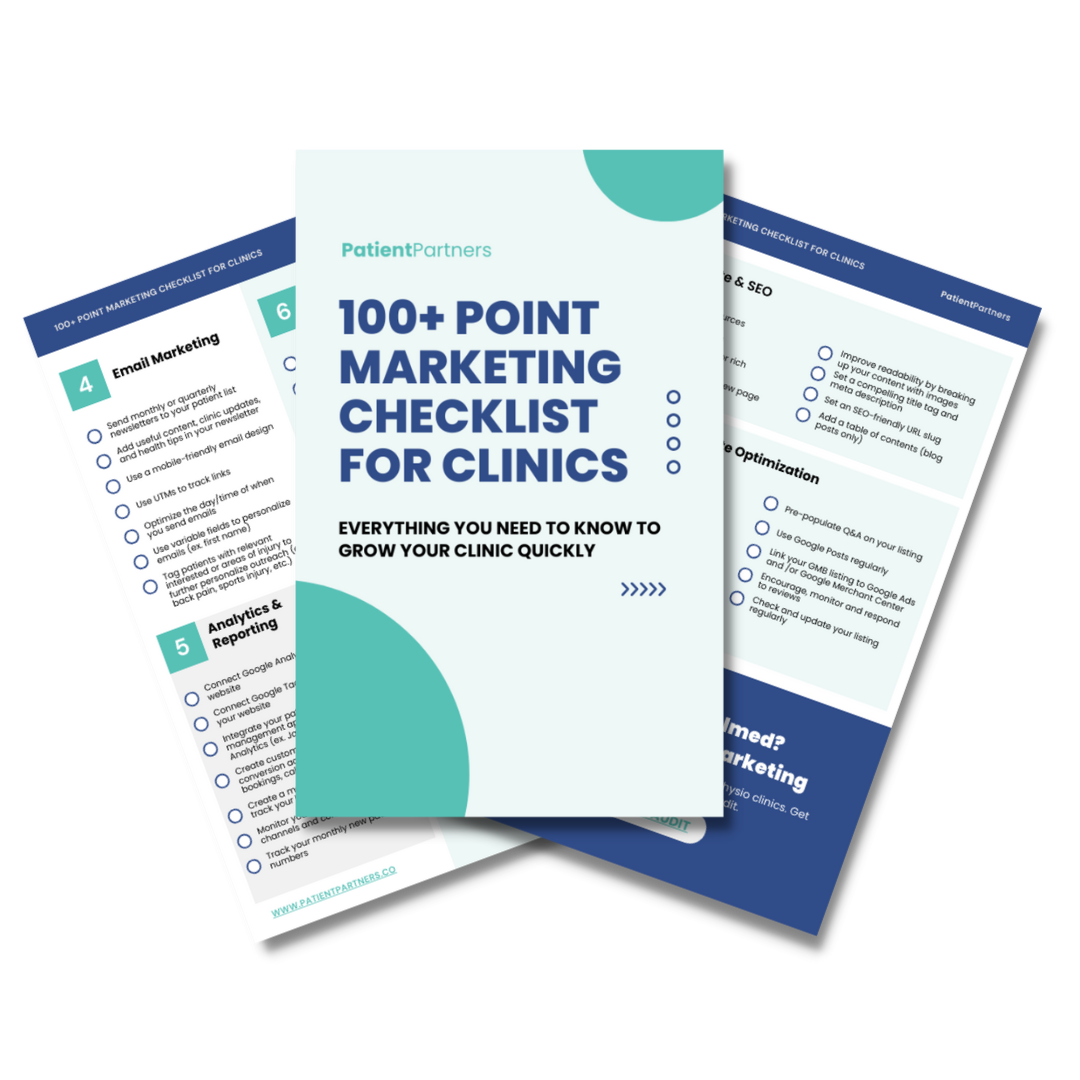In today’s fast-paced world, effective marketing can set you apart in the competitive field of chiropractic care. Understanding the best strategies to reach potential clients is essential, as it helps build your reputation and practice. Whether you are starting out or looking to refresh your current marketing efforts, it’s crucial to know which methods will give you the best return on investment and enhance your visibility in the health care marketplace.
Exploring top chiropractic marketing ideas offers you the opportunity to connect with your community and showcase the value of your services. With a focus on both traditional and digital strategies, you can create a comprehensive approach that targets your audience where they are most engaged. From leveraging the power of positive patient testimonials to optimizing your online presence with search engine optimization (SEO), these marketing ideas are designed to align with the unique aspects of chiropractic care.
Engaging with potential patients doesn’t have to be daunting. By implementing these tried and tested chiropractic marketing strategies, you are not only able to grow your practice but also improve patient outcomes by providing accessible and informative content that speaks to the needs and interests of your audience. Efficient marketing can significantly improve your reach and credibility as a health care provider in the realm of chiropractic medicine.
Get a free website and SEO audit

1. Optimize Your Website for Search Engine Visibility
Ensuring your chiropractic website ranks high on search engine results is critical for attracting new patients. Focus on local SEO, quality content, and responsive design to improve visibility.
Implement Local SEO Strategies
To target potential clients in your area, your website must appear in local search results.
- Google My Business: Claim and optimize your Google My Business listing. Include your chiropractic practice’s name, address, phone number, and hours of operation. Ensure that this information is consistent across all online platforms.
- Local Keywords: Integrate relevant local keywords into your website’s content, such as “chiropractor in [Your City]” or “back pain treatment in [Your Neighborhood].”
- Local Link Building: Build local backlinks by collaborating with other local businesses or sponsoring community events to enhance your local search presence.
Create Quality Content
Content is a driving factor for search engine rankings. It should be informative, engaging, and relevant to your audience.
- Regular Blog Posts: Publish blog posts regularly about topics like spine health, posture tips, and chiropractic treatments. This activity can establish your expertise and improve search rankings.
- Rich Media: Use images and videos related to chiropractic care to keep users engaged and reduce bounce rates, which can positively influence search rankings.
Use Responsive Design
A responsive website automatically adjusts to fit the screen size of any device, offering an optimal experience for all users.
- Mobile-Friendly: Ensure your website is mobile-friendly as a majority of local searches are performed on mobile devices.
- Fast Loading Times: Optimize images and streamline code to decrease loading times, as speed is a factor in Google’s ranking algorithm.
2. Leverage Social Media Platforms
Embracing social media is crucial for your chiropractic practice to reach potential patients and build a loyal community. Make the most of these platforms by engaging directly with your audience, showcasing patient success stories, and utilizing precise advertising to target those who need your services the most.
Engage with Your Audience
Interacting with your followers can significantly increase your practice’s online visibility. To engage effectively:
- Respond Promptly: When followers comment or ask questions, a quick response time shows that you value their interest and care about their concerns.
- Post Regularly: Consistency keeps you at the forefront of your audience’s minds. Aim to post content several times a week.
Share Patient Testimonials
Patient testimonials are powerful trust signals. Here’s how to share them:
- Obtain Consent: Always get written permission before sharing a patient’s story.
- Highlight Outcomes: Focus on the positive changes in your patients’ lives post-treatment. Use before-and-after pictures if available.
Run Targeted Ads
Social media advertising can be tailored to reach a specific demographic. Steps for effective ad campaigns include:
- Define Your Audience: Identify demographics like age, location, and interests relevant to your practice.
- Track Your Results: Use built-in analytics tools to measure the success of your ads and adjust accordingly for better ROI.
3. Build an Email Marketing Campaign
Email marketing remains a powerful tool for chiropractors to connect with patients and attract new clients. To kickstart your email marketing campaign, you must gather a list of email addresses. Make sure to obtain these addresses ethically, with patients’ consent. Compliance with privacy laws is paramount, ensuring trust and respect for patient privacy.
Create content that adds value to your recipients. Include:
- Educational material about chiropractic care
- Tips on maintaining spinal health
- Special promotions or discounts
- Personal stories that showcase patient successes
- Upcoming events or seminars
Segment your audience to personalize your emails effectively. For example, you can have groups based on:
- New patients
- Regular patients
- Patients with specific conditions
Considering the design, ensure your emails are visually appealing and mobile-friendly. People often check their email on the go, so adapt your layout to appear correctly on various devices.
Utilize an email marketing platform to automate your campaigns, track the success with metrics such as open rates and click-through rates, and refine your strategy accordingly.
| Email Component | Tips & Best Practices |
|---|---|
| Subject Line | Keep it short, engaging, and informative. |
| Content | Align with readers’ interests and offer real value. |
| Call-to-Action | Clear, compelling, and easy to find. |
| Frequency | Regular but not overwhelming. Find a balance. |
Stay consistent with your emails but avoid spamming. Your goal is to be a helpful resource, not a nuisance. Remember, successful email marketing builds relationships by providing relevant and engaging content that encourages patients to trust and choose your services.
4. Develop a Referral Program
Implementing a referral program can significantly expand your client base by leveraging your existing patients’ networks. Such a program rewards patients for bringing new clients to your practice, building a community around your services.
Offer Incentives for Referrals
To encourage referrals, offer tangible benefits to patients who refer others. This can include:
- Discounts on services: Provide a percentage off their next visit.
- Free products: Offer complimentary goods such as pillows or supplements.
- Membership perks: Upgrade their membership level for a certain period.
Educate Patients on How to Refer
Ensure your patients know how to refer others to your practice:
- Provide referral cards: Hand out referral cards that your patients can give to friends and family.
- Explain the process: Outline clearly how referrals are tracked and rewarded.
- Utilize digital tools: Offer a simple online form or email template for patient use.
By effectively communicating the benefits and process of your referral program, you increase the likelihood of enthusiastic participation.
5. Host Community Wellness Events
By hosting community wellness events, you’re providing a valuable service that can increase your visibility and position you as a healthcare leader in your area. These events serve as an opportunity for you to showcase your expertise and engage with the community on a personal level.
Offer Free Spine Checks
- Location: Set up a booth at local fairs or markets.
- Service: Provide quick assessments to identify potential spinal issues.
Offering free spine checks is a direct way to demonstrate the value of chiropractic care. It allows you to interact with potential patients and identify those who could benefit from further treatment.
Conduct Health Workshops
- Topics: Choose relevant subjects like ‘Ergonomics at Work’ or ‘Managing Lower Back Pain.’
- Format: Interactive presentations with Q&A sessions.
Conducting health workshops educates the community about common health issues and preventative measures. It’s a platform for you to share knowledge, answer questions, and build trust with attendees.
6. Utilize Pay-Per-Click Advertising
Pay-Per-Click (PPC) advertising is an effective tool to drive targeted traffic to your chiropractic website. You pay a fee each time someone clicks on one of your ads, which appear on search engine results or affiliated websites.
- Identify Keywords: Focus on relevant keywords that potential patients might use to find chiropractic services. Use tools like Google Ads Keyword Planner to research and select the right keywords.
- Optimize Landing Pages: Ensure your landing pages are relevant to your PPC ads. They should provide succinct, clear information and a strong call-to-action (CTA).
- Set a Budget: Determine your budget based on the competitiveness of your keywords and the average cost-per-click (CPC). Keep track of your daily spend to avoid overspending.
- Monitor Performance: Regularly check your PPC campaign’s performance. Adjust your strategy by analyzing the click-through rate (CTR) and conversion rate.
- Geotargeting: Target your ads to the local area where your clinic is located. This increases the likelihood of attracting local searchers actively seeking your services.
Formatting tip: Bold important terms, italicize for emphasis, and create lists for easy readability. Remember, the key is to attract potential patients who are actively searching for chiropractic services, and turning them into actual patients by encouraging them to take the next step.
7. Collaborate with Other Health Professionals
Building relationships with other health professionals can significantly enhance your chiropractic practice’s visibility and client base. Networking with local medical doctors, physical therapists, and wellness centers allows for a beneficial exchange of referrals.
- Understand Your Value: Recognize the unique benefits you offer and communicate them clearly to other professionals. For example, chiropractic care can reduce the need for medications and surgery, which is vital information for physicians who manage patients with chronic pain.
- Create a Referral System: Set up a formal referral process with these professionals. Make sure it’s simple and mutually beneficial. Steps to Establish a Referral SystemDescriptionInitial ContactReach out personally, via phone or email.Meet and GreetSet up face-to-face meetings to discuss collaboration.Information ExchangeShare brochures or business cards to distribute.Follow UpMaintain the relationship with regular check-ins.
- Offer Reciprocal Support: Engage in a two-way referral system. Not only should you receive referrals, but you should also refer your clients to them when appropriate.
- Educate: Host seminars or workshops for other health practitioners to showcase the benefits and scope of chiropractic care. Focus on how it can complement their own services.
- Stay Connected: Join local health professional networks or online groups. Maintain visibility in these circles through active participation.
By fostering a collaborative environment, you lay the groundwork for a supportive community that can raise the standard of patient care and broaden your practice’s reach.
8. Engage in Local Sponsorships and Networking
When you invest in local sponsorships, you support community events, sports teams, and organizations. This involvement not only aids the community but also enhances your visibility amongst potential clients.
- Choose Relevant Events: Sponsor local events that align with your target audience’s interests.
- Display Your Practice: Set up a booth at local fairs or health expos to interact with the community.
- Contribute to Sports Teams: Offer your services to local sports teams or clubs, showcasing your expertise in sports chiropractic.
Networking is integral to your practice’s growth. Attend community meetings, join the local chamber of commerce, and engage with other business owners.
- Professional Groups: Forge connections within professional associations related to healthcare.
- Local Business Gatherings: Regular attendance at local business mixers introduces your services to a diverse group of individuals.
Tips for Effective Engagement:
- Be Consistent: Regular engagement builds recognition.
- Offer Value: Provide useful information or free health checks, demonstrating your commitment and expertise.
- Follow Up: After events, reach out to contacts to foster relationships.
Leverage social media to share your sponsorship activities and networking experiences to further enhance your local reputation.
9. Monitor and Improve Your Online Reputation
A robust online reputation is crucial for attracting and retaining patients. By managing what is said about your practice on the internet, you can significantly influence potential clients’ perceptions and decisions.
Encourage Positive Reviews
- Ask Satisfied Patients: After a successful appointment, encourage your patients to leave a positive review online. Make it easy by providing links to your practice’s profiles on review platforms.
- Leverage Automated Systems: Consider using software that automatically requests reviews from patients via email or text after their visits.
Respond to Feedback
- Acknowledge Reviews Promptly: Take the time to respond to patient reviews regularly. A thank you for positive reviews shows appreciation, while a professional and empathetic approach to negative feedback can turn dissatisfied patients into loyal ones.
- Resolve Issues: Treat negative reviews as constructive feedback. Address issues raised and inform the reviewer of any steps you’re taking to improve, which demonstrates commitment to service quality.











